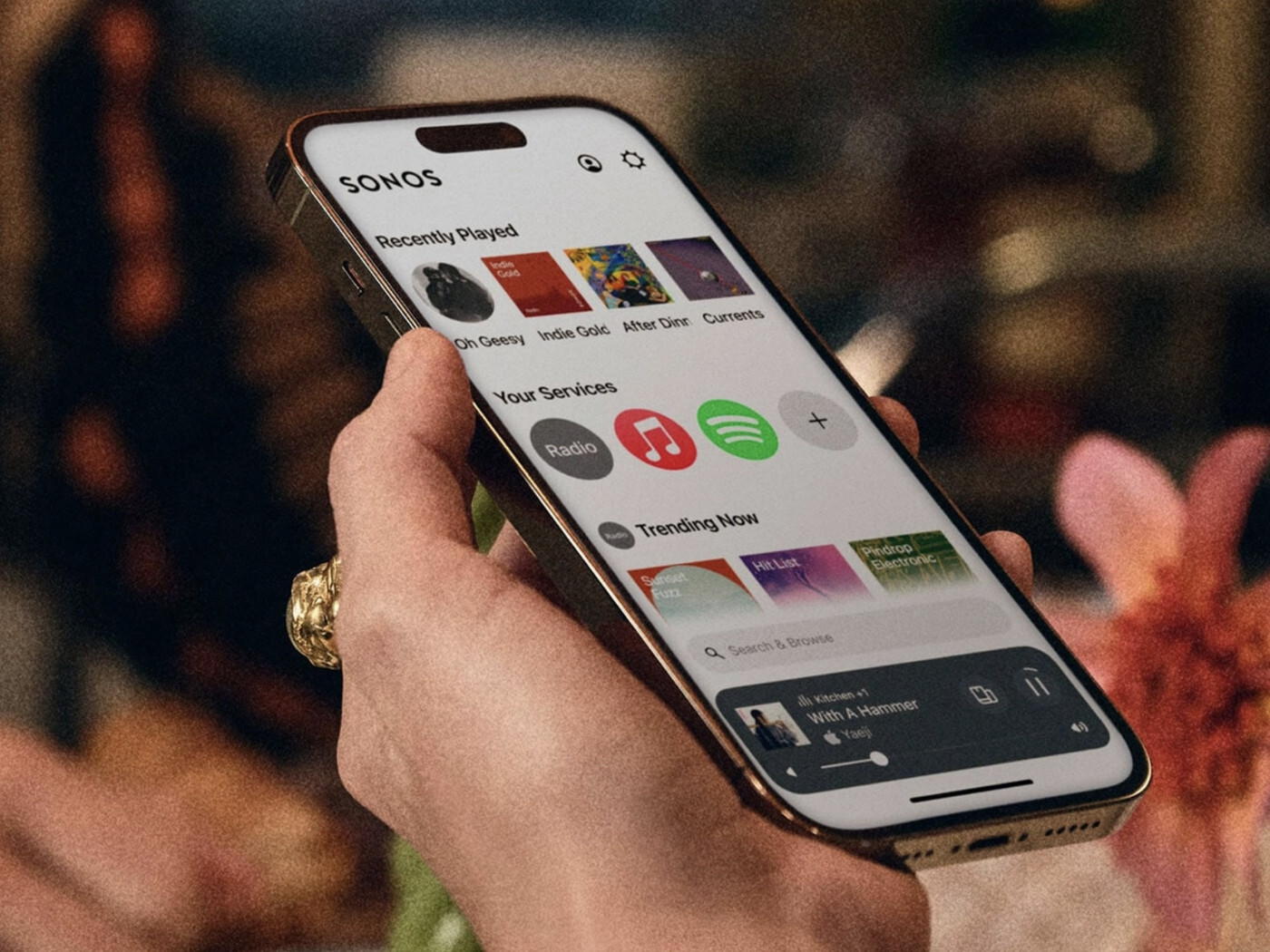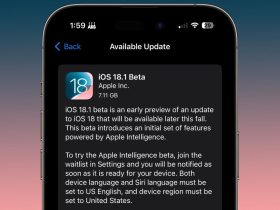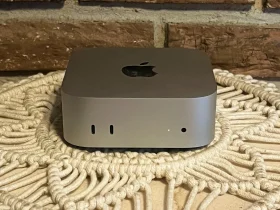Sonos recently faced significant backlash due to an unpopular redesign of its app, which removed essential features and upset its user base. The update, intended to modernize the app and improve navigation, instead led to widespread frustration, particularly among long-time users who found key functions like accessibility features and local music library access missing.
In response, Sonos CEO Patrick Spence acknowledged the misstep and promised biweekly updates to rectify the situation. Addressing the blowback will cost the company between $20 to $30 million in the short term.
During a recent earnings call, Spence detailed the financial impact of the app’s problems, citing costs in three key areas: app updates, customer support, and efforts to win back customers and partners. He emphasized that these investments are crucial to restoring the company’s long-term stability.
To tackle the issues, Sonos has brought back Nick Millington, the original architect of the software, to lead the repair efforts. Spence also hinted at upcoming “programs” aimed at supporting and thanking customers and partners for their patience during this challenging period.

The app issues have had broader implications for Sonos, delaying the launch of two major hardware products initially planned for Q4 2024. Spence explained that the company’s focus must remain on fixing the app to meet customer and partner expectations before moving forward with new product releases.
These delays are expected to impact Sonos’ fiscal Q4 revenue, which is projected to be significantly lower than the previous quarter.
The situation serves as a cautionary tale about the risks of rushing major updates, especially when they significantly alter the user experience of existing devices. Sonos pushed out the redesign to align with the upcoming release of its Ace headphones but encountered unforeseen challenges that should have been addressed before the rollout.
The company’s admission that it underestimated the complexity of the update, and its impact on older products, further illustrates the importance of thorough testing and customer consideration.
Sonos’ decision to remove features and ask customers to wait for their restoration added to the frustration, especially for users whose devices were suddenly less functional.
Although Sonos has since apologized and laid out a plan for fixes, the initial rollout damaged customer trust, which the company is now working hard to rebuild. Spence acknowledged that the update was more complex than anticipated and that the company should have done more to ensure a smooth transition.
Sonos now finds itself at a critical juncture, where regaining customer trust is essential. Fixing the app is the top priority, and while the company is committed to rectifying the issues, it remains to be seen whether the efforts will be enough to restore its reputation and customer loyalty. The success of future hardware releases is also contingent on these fixes, making the app’s recovery vital for the company’s overall strategy.







Leave a Reply